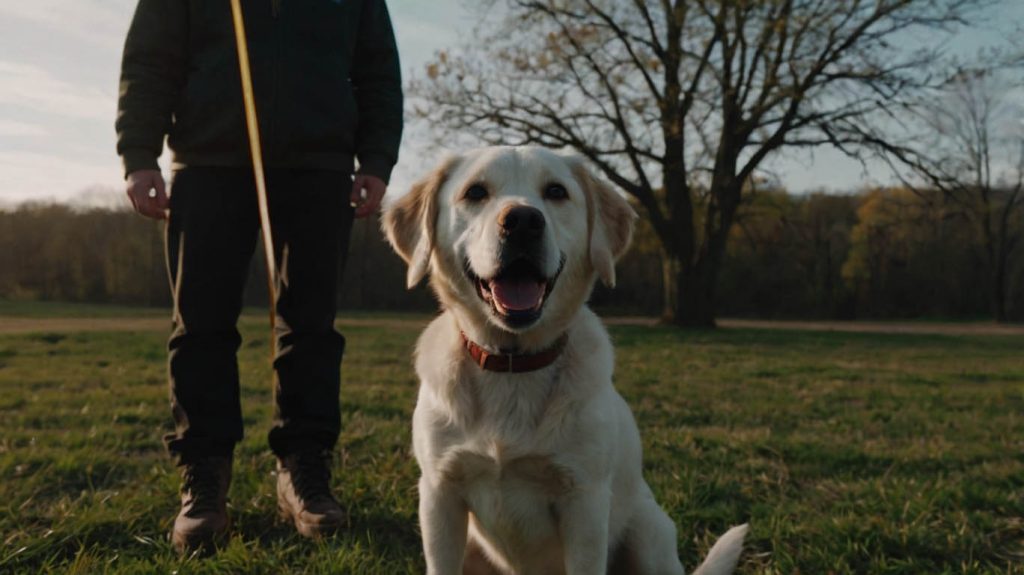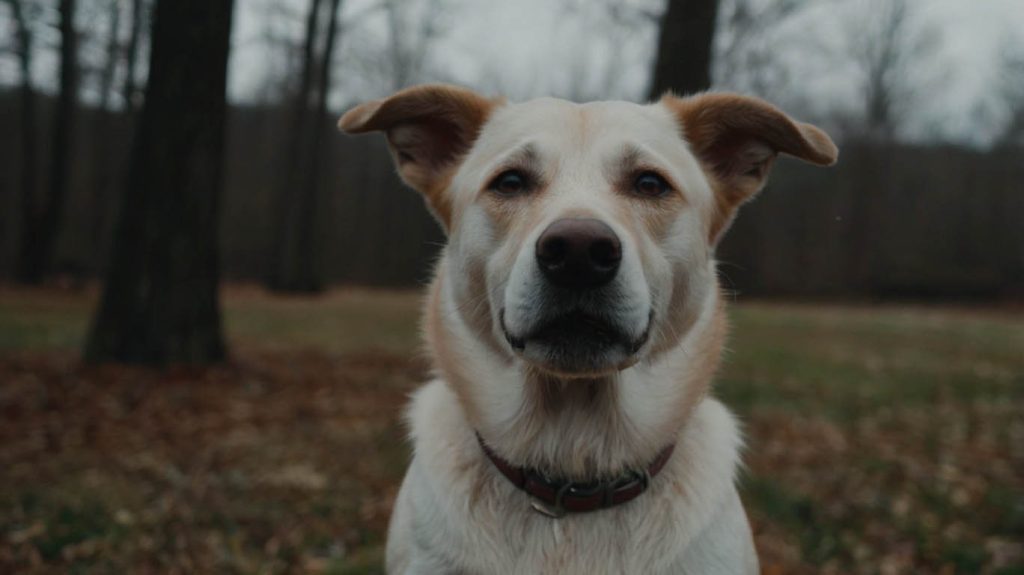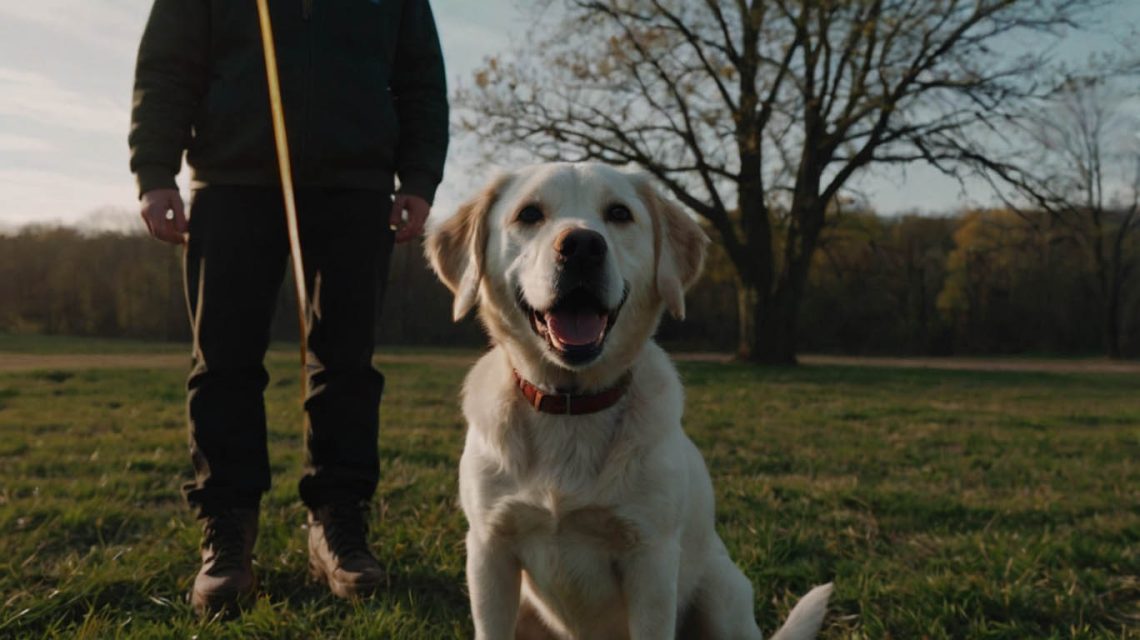Picture this: you call your dog, and they come immediately—not because you’re waving a treat, but because they want to. Sounds like a dream, right? The good news is it’s entirely possible. If you’ve ever wondered how to get a dog to listen without treats, you’re not alone—and you’re not without options.
Although food can be a quick motivator, it isn’t always practical or sustainable. Many dog owners want their dogs to obey because of trust and communication, not just snacks. This guide explores how to build true responsiveness without relying on treats—using voice, body language, praise, and smart training strategies that actually stick.
Why Ditching Treats Can Lead to Better Listening
Sure, treats can teach a new behavior fast. But what happens when you don’t have one? For lasting obedience, your dog must learn that listening to you matters—even when food isn’t involved.
Here’s why focusing on how to get a dog to listen without treats can benefit both you and your pup:
- Builds deeper emotional connection
- Reduces reliance on external rewards
- Strengthens real-life reliability
- Encourages consistent behavior in all settings
- Empowers communication through praise and play
Plus, dogs trained without treats often develop sharper focus and longer attention spans.

Case Study: Leo the Loud Labradoodle
Leo was full of energy and loved people—but he only responded when his owner had a biscuit in hand. One day at the park, off-leash and treat-free, Leo ignored every recall. That moment was the turning point. His owner, Jenny, began reward-switching: trading treats for tug games, praise, and short sprints. Within weeks, Leo was choosing her voice over distractions. Now, Leo’s listening skills hold up anywhere—no food necessary.
Leo’s story is proof that how to get a dog to listen without treats isn’t just possible—it’s powerful.
Understanding Your Dog’s Motivation
Every Dog Wants Something—It’s Not Always Food
While food works for many dogs, others respond better to:
- Toys (balls, tugs, squeakers)
- Praise (“Good dog!” in a happy tone)
- Affection (ear scratches, belly rubs)
- Freedom (off-leash play, exploring)
- Access (to greet people or sniff)
Your first step is to identify what your dog actually values. The key to success lies in using those preferences to your advantage.
Test This Quick Exercise
Call your dog from across the room. Do they:
- Rush over if you’re holding a toy?
- Perk up at your voice, even without food?
- Ignore everything unless it’s mealtime?
Your answers reveal what makes your dog tick—and how you can use it for getting a dog to listen without treats.
Training Strategies That Don’t Require Treats
Use a Strong Verbal Marker
Just like a clicker, a verbal cue signals to your dog: That’s exactly what I wanted!
Choose a marker word such as:
- “Yes!”
- “Good!”
- “Nice!”
Say it the moment your dog performs the desired behavior. Follow with play, praise, or permission to move. It sharpens their ability to associate words with actions—without needing a snack every time.
Make Yourself the Most Interesting Reward
Dogs are naturally drawn to enthusiasm and energy. If your voice is flat or your body language is stiff, your dog may tune out. Instead, become their favorite “event.”
Ways to be more engaging:
- Use a happy, high-pitched voice
- Add movement—clap, kneel, or jog backward
- Vary your tone and facial expressions
- Celebrate success with joy, not monotony
This emotional energy teaches your dog that listening brings fun and connection.
Train Through Games Instead of Treats
Play can be just as powerful as food—and way more fun for your dog.
Recall with Fetch
- Ask your dog to “Come.”
- When they arrive, immediately toss the ball.
- Repeat to build speed and reliability.
Sit for Tug
- Cue “Sit.”
- When they comply, reward with a tug session.
- Keep it short and engaging.
These games teach impulse control and obedience—and they work in every environment.
Daily Life Rewards for Real-World Listening
Your daily routines are filled with training opportunities.
| Behavior Taught | Non-Treat Reward |
|---|---|
| Sit at the door | Door opens for a walk |
| Wait for leash | Gets to go outside |
| Come when called | Off-leash play or toy session |
| Calm greeting | Gets pet or allowed on couch |
Using everyday rewards reinforces behaviors naturally and consistently.
Train in Short, Positive Sessions
You don’t need hour-long sessions. In fact, short and sweet is more effective.
- 5–10 minutes, 2–3 times a day
- End on a high note
- Combine commands with fun
- Use your chosen motivators often
These micro-sessions build lasting listening skills without overwhelming your dog.

How to Get a Dog to Listen Without Treats in Public
Public spaces add distractions. That’s why training must extend beyond your living room.
Step-by-Step Process:
- Start indoors with no distractions
- Add mild distractions (TV noise, another person nearby)
- Move to fenced yards or quiet parks
- Introduce leashed walks with recall practice
- Test recall in more stimulating environments
Praise and play must remain exciting—even as the surroundings change.
Case Study: Bella the Border Collie
Bella was sharp—but stubborn. She ignored commands in new places, even with food. Her trainer introduced “play-to-listen” routines, where listening earned fetch, frisbee, or chase games. With repetition and timing, Bella became consistent even off-leash—because she realized that paying attention always brought good things.
Troubleshooting: What If Your Dog Still Doesn’t Listen?
Even with non-food rewards, challenges can arise. Here’s what to try:
- Reduce distractions—don’t expect instant results at the dog park
- Boost your energy—sound more exciting than the squirrel
- Change rewards—try toys, tug, verbal praise, or affection
- Revisit basics—consistency builds reliability
- Keep sessions short and fun—avoid frustration
Listening is a skill, not a shortcut. Keep going.
FAQs
Can you train every dog without treats?
Yes, although motivators may vary. The secret lies in identifying what your dog truly values.
Will training take longer without food?
Not necessarily. Many dogs learn faster when training feels like play or praise-based bonding.
Can I mix treats with other rewards?
Yes—but phase them out over time to avoid dependence. Use them as a surprise, not a crutch.
What if my dog gets bored?
Switch up your rewards, games, or location. Keep training unpredictable and engaging.
Is this method good for puppies?
Absolutely. Puppies thrive on interaction and praise. Start early and stay consistent.
Conclusion: Listening Begins With Connection
Learning how to get a dog to listen without treats empowers you to build a better relationship—not just train commands. It encourages responsiveness rooted in joy, not food. And when done right, it creates habits that last a lifetime.
By using praise, play, voice, and life rewards, your dog learns that you are the reward. They’ll listen not because they’re bribed—but because they want to.


